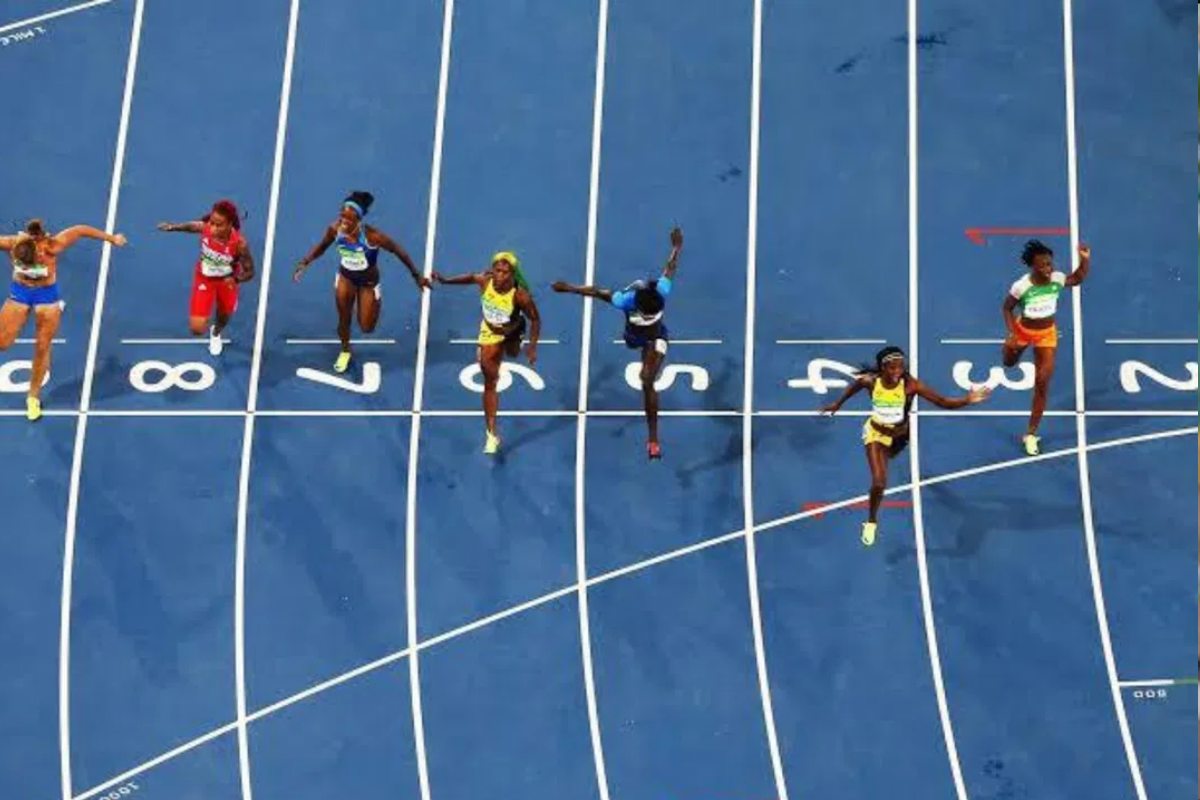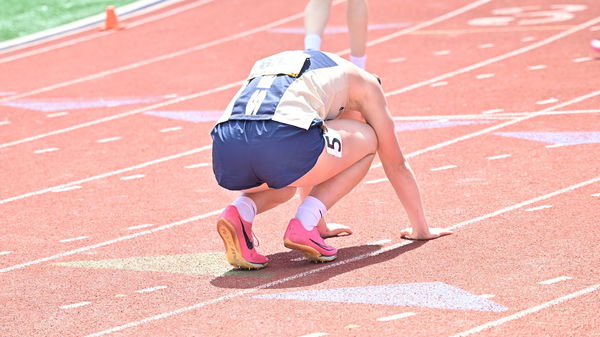
Imago

Imago
The Name, Image, and Likeness (NIL) era has shaken up college sports, now turning student-athletes not only into competitors but also into brands. For fans like us, it’s thrilling to see young stars cash in on their talent. But dig into the numbers, and the shine fades fast, especially for track and field athletes. The way NIL funds are divvied up feels like a gut punch to sports that don’t pack stadiums. So, how lopsided is this system?
Watch What’s Trending Now!
At schools like the University of Florida, football is king, raking in upwards of $200,000 in NIL deals. Track analyst Green pinpointed this on the Ready Set Go YouTube show: “The biggest chunk goes to the football program—we’re talking like a couple hundred thousand, right?” Basketball’s no slouch either, pulling in around $124,000. But track and field? Brace yourself. Olympic Gold medalist, Bernard Williams drops the bombshell: “Guess how much it gets for tnf, bro… $850.” That’s not a typo—$850 for an entire program. It’s a figure so low it’s almost comical, but it’s no laughing matter for athletes grinding just as hard as their football counterparts. Why does track get the short end of the stick?
Green breaks it down with brutal clarity: “Track’s not a revenue sport. It doesn’t consistently bring in money like football or basketball.” He’s got a point. Florida Gators football games at The Swamp draw massive crowds, and basketball, riding high off national championships, isn’t far behind. Track, though? Maybe one or two home meets a year, Florida Relays, Tom Jones if they’re lucky. Smaller crowds, less TV time, and fewer eyeballs mean less cash. But does that make it fair?
ADVERTISEMENT

ADVERTISEMENT
Track Legend Justin Gatlin jumps in, noting volleyball’s better NIL haul: “They’re on that list—they get paid way more than track.” Green explains, “They’ve got home games, packed stands every week.” It’s a business, he admits, comparing it to the WNBA vs. NBA debate: “They work just as hard. But… look at the stands.” Track athletes, despite their heart and hustle, are left scraping for crumbs. Can they ever catch a break?
The NIL landscape has opened doors, but for track and field, it’s barely a crack. Williams sums it up: “I wonder how the money really is because of NIL.” That $850 figure stings, a reminder of how revenue rules the game. Could more high-profile meets or social media buzz shift the tide for track stars?
ADVERTISEMENT
Track and Field’s funding Woes
Well, fans live for track and field’s electric moments, sprints, hurdles, and those epic relays. But the sport’s financial struggles hit hard. In 2023, USA Track & Field (USATF) reported a $5.6 million deficit, with revenues at $35.01 million, the lowest since 2017, per their tax filings. Compare that to the NFL’s billion-dollar deals, and track’s budget feels like pocket change. Why can’t this thrilling sport get the funding it deserves?
Athletes face an even tougher reality. The Bureau of Labor Statistics noted a median athlete wage of $70,280 in 2023, but many track stars earn less. The USATF Foundation states over 50% of top-10 global track athletes make under $15,000 annually from their sport. Even top pros like Sydney McLaughlin-Levrone might land $1.5 million in endorsements, but mid-tier runners often secure just $30,000-$75,000 deals. Meanwhile, USATF’s CEO Max Siegel earned $1.17 million in 2023. How does that gap sit with athletes grinding for glory?
ADVERTISEMENT
Hope’s on the horizon, though. World Athletics introduced $50,000 for Olympic gold medalists in 2024. Will this boost finally give track athletes the support they need?
Top Stories
J. J. McCarthy Awaits Punishment From Vikings After Rejecting Kevin O’Connell’s Instructions

Andy Reid Announces Patrick Mahomes’ Injury Diagnosis as Chiefs HC Doesn’t Hold Back After Playoffs Elimination

Patrick Mahomes Doesn’t Hold Back in Emotional Statement After Chiefs QB’s Troubling Knee Injury Update

Dale Jr. Warns of Deeper Issues as Joe Gibbs Parts Ways With Decade-Long Executive

Former US President Joe Biden Keeps a Clear Demand to Eagles Owner Amid Jalen Hurts’ Struggles

Ex-Georgia Gymnastics Star Opens Up On Facing Mistreatment Months After NCAA Program Switch

ADVERTISEMENT
ADVERTISEMENT
ADVERTISEMENT

